The construction and software files contain the complete information for building the project.
Ground Penetrating Radar using Arduino
To make the experience fit your profile, pick a username and tell us what interests you.
We found and based on your interests.
The construction and software files contain the complete information for building the project.
Software_v6.zipArduino and PC (in LabVIEW 2013) software source codex-zip-compressed - 80.47 kB - 05/18/2024 at 19:11 |
|
|
Operation_Instructions.txtOperation instructionsplain - 2.09 kB - 05/11/2024 at 10:26 |
|
|
Antennas_v2.zipAntennas - New version of antennas, must be printed on double-sided PCB FR4 laminate size A4 (210 x 297 mm). PDF for Toner Transfer construction (Top layer mirrored) and GERBER filesx-zip-compressed - 70.87 kB - 05/15/2024 at 11:54 |
|
|
PCB_Construction_Toner-Transfer-Method.zipPCB images in PDF for Toner Transfer PCB construction (Top layer mirrored), and schematicsx-zip-compressed - 1.85 MB - 11/03/2024 at 11:15 |
|
|
LF(GPR_LF).zipOrCAD 9.2 design files and Gerber for Low Frequency boardx-zip-compressed - 115.54 kB - 11/03/2024 at 11:16 |
|
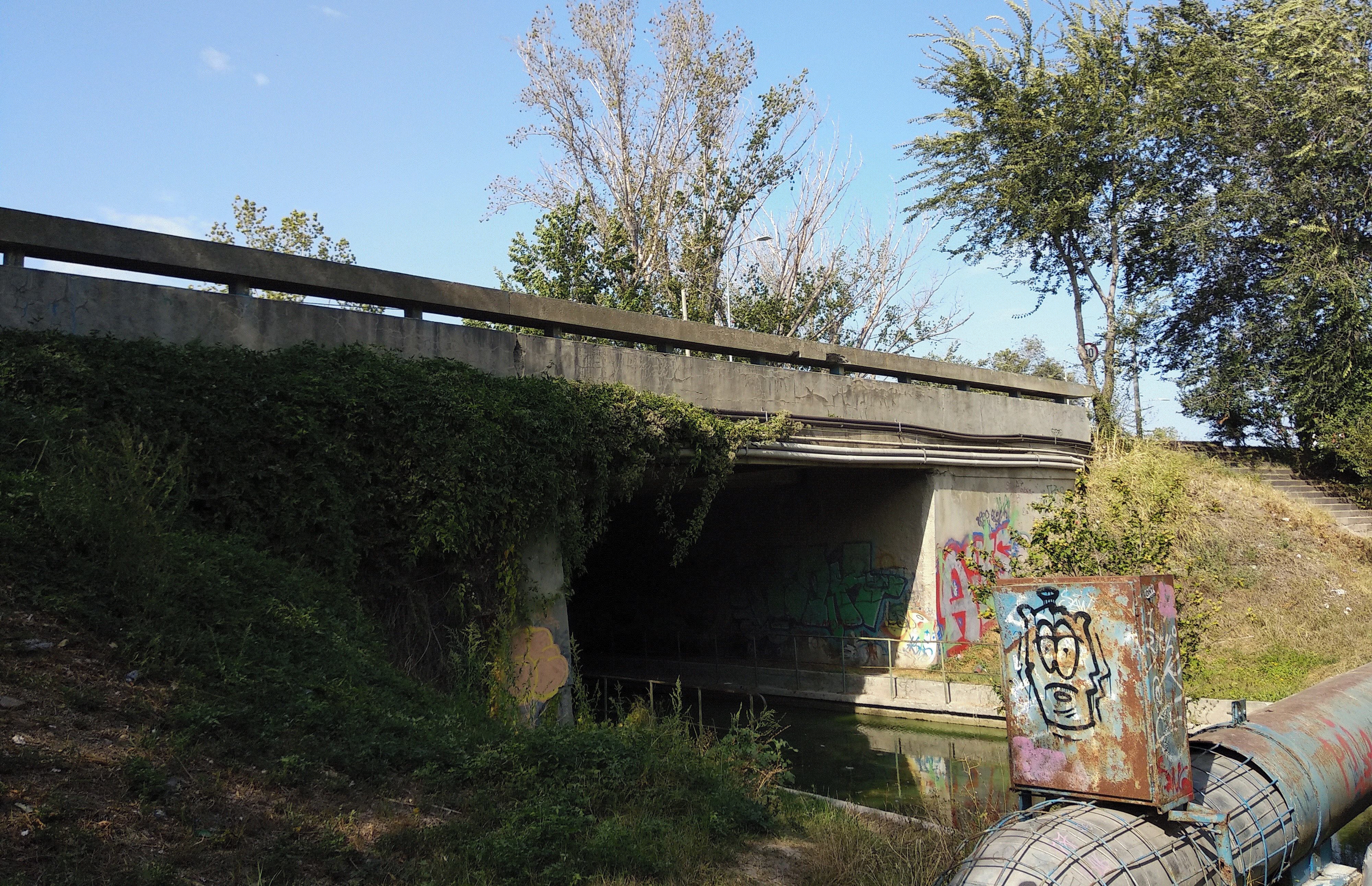
System tested on a bridge. This is the GPR image obtained for the bridge in the photo:
System tested and works fine.
Antenna coupling is quite high. Would be nice placing the antennas at a bigger distance from each other, or using more directive antennas in order to reduce unwanted coupling.
This is how the electronic boards are stacked.
Create an account to leave a comment. Already have an account? Log In.
What do you think, is it possible to detect a several meters long horizontal steel rod (with diameter around 10 mm) buried in soil at depth around 0.5 m? Or the diameter is too small?
The diameter is too small. For this kind of application you need a radar working at much higher frequencies, in the GHz range.
@900Mhz with GSSI GPR we can detect bar on the concret. @2Ghz is better.
very impressive work well done i wonder if it is possible to use directional antennas uwb high gain like the r101c 730MHz-6.5GHz with Low Noise LNA Board Wide Broadband 0.6-60dB RF Amplifier Module for better results
Interesting antennas. I have some wideband yagi's, would they be worth trying I wonder?
Regarding antenna coupling, I had similar experiences in mobile comms. You could try pointing the antennas up at the sky. Then couple back some antiphase TX into the RX, to null out the coupling. You'll need a bunch of attenuators (or a switched one).
If your Yagi antennas operate in the GPR's band, they should work. Regarding the coupling, I stored the Rx signal obtained for a target-less measurement and the GPR subtracts it from each acquisition. Different antennas will need a different correction signal. It can be replaced in the Arduino code, or can be completely eliminated if the antennas are placed sufficiently apart from each other.
What do you use to generate the RF?
Can you sweep the frequency? Can you RX while you TX?
If you could do that, there is a trick I learned over three decades ago.
Mix the RX signal with the TX and sample as fast as you can while sweeping up the frequency band. Once you've completed a sweep, FFT the received signal and... You've got a cross section of the soil.... This should reduce the noise a lot because all samples contribute to all result pixels.
The answer is YES, this is precisely how I implemented it, it's called Frequency Modulated Continuous Wave (FMCW) operation.
Standoff is probably about right. These guys pretty much dominate the market:
https://www.geophysical.com/antennas
Your horizontal sampling on the bridge is much too coarse. You should be sampling at intervals of a few cm. Bury a piece of steel pipe in sand at a depth of a foot or two, place a board over it so you can roll smoothly across it. Halve the horizontal sample rate until you get a nice looking hyperbola.
For processing the data to suppress noise and form an image I recommend Seismic Unix.
https://github.com/JohnWStockwellJr/SeisUnix
while developed for reflection seismic work it is widely used in GPR research also. I'm a retired seismic research scientist and supported SU professionally for many years. Send me a PM if you want more info.
Thank you for the useful information. I'll increase the horizontal sampling rate.
Another note on horizontal sampling: currently it is tied to the wheel diameter. I would be nice for inspired designs if the source code had horizontal sampling interval as a configurable parameter. It might already be (I haven't looked at the source).
Hi, great project! Could you please include schematics for the RF board in PDF format? Similar to the "GPR_JF_Schematic.pdf" in the "LF (GPR_JF) board.zip" file. I tried to open schematics with OrCAD (downloaded trial version 17.4 from the OrCAD website), but it was not very successful. It can import and open *.max files (with some errors) but I don't know how to open/convert schematics. So PDF file with the schematics would be very convenient (for those who are not familiar with OrCAD).
Also, I think, it would be handy to have layout files in PDF too for the LF and RF boards. If it's not a problem.
Hello! Thanks for the appreciation. I used OrCAD 9.2, so you should try installing this version. I provided Gerber files for creating the PCBs without the need for OrCAD. GPR_JF.bot, GPR_RF.bot and GPR_RF.top are the Gerber files for copper layers.
I will upload them also in PDF format for easy Toner Transfer PCB creation (top layer will be mirrored).
Great! It seems like KiCad and EasyEDA gerber viewers can open *.ast, *.drd, *.gnd, *.pwr, *.smb, *.smt, and *.sst files (apart from *.bot and *.top ones).
Edit: ah, they are listed in the *.gtd file as 9 layers.
Edit 2: I was able to open *.dsn file (LF board) in the 17.4 version (it shows schematic etc.). But I can't find *.dsn file for the RF board.
I added them. I created the RF board directly in Layout as PCB, without a schematic, because OrCAD lacks Minicircuit ICs. Now I added a schematic for RF created in Paint.
Thanks Mirel. Also would it be possible to upload some better photos of your existing antennas? Especially where the TX and RX feeds are connected.
will you be sharing details of the RF components & the Arduino code - this has many potential applications for good.
what is the legality of this as a spread spectrum emission. Usually you would need a license
I would love to know more about the whole endeavor when you are ready
Looks awesome! I am just wondering...aren't the antennas too low? Well, I cannot really make out the geometry and dimensions. On the hand-drawn diagram they look rather large and to me it seems that the radar hits the ground while still in the near-field region. or maybe it's just that I calculated the far-field distance in my head...
Thank you for the Like. You are right, the antennas are 4 cm above the ground, so the ground is definitely in the near-field region. Because the operating frequency range is quite low, the near-field extends far away from the antennas. Do you think it is necessary to mount the system on a trolley in order to move the ground in the far-field region? Is this going to improve the characteristics of the system?
Become a member to follow this project and never miss any updates
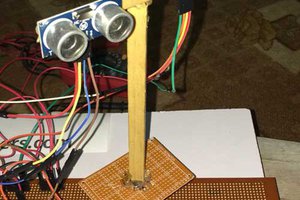
 Abid Jamal
Abid Jamal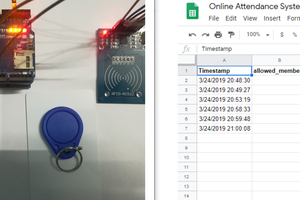
 Embedotronics
Embedotronics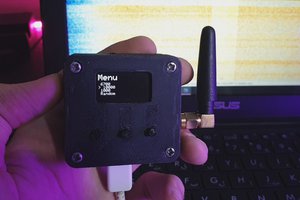
 CiferTech
CiferTech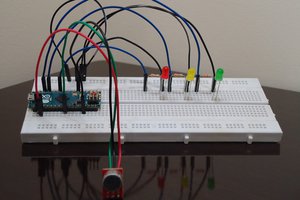
Interesting project, i work with GSSI radar and i follow a similar project "TU1208_Guide to building a GPR radar for educational use- rev2-nov17" i will try to improve a little. very thanks you for the work